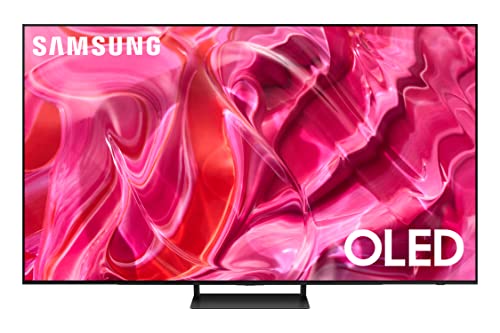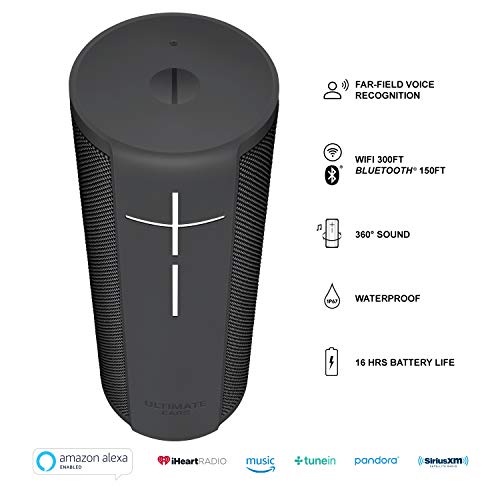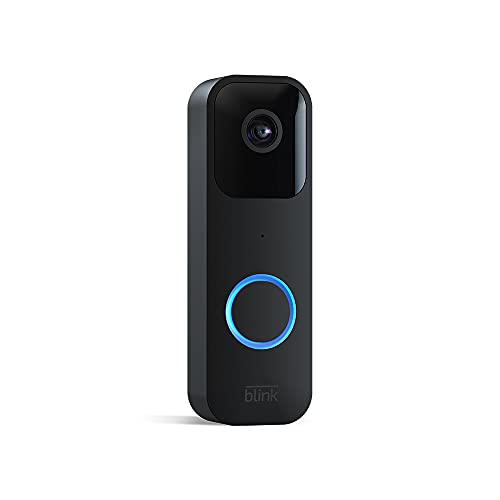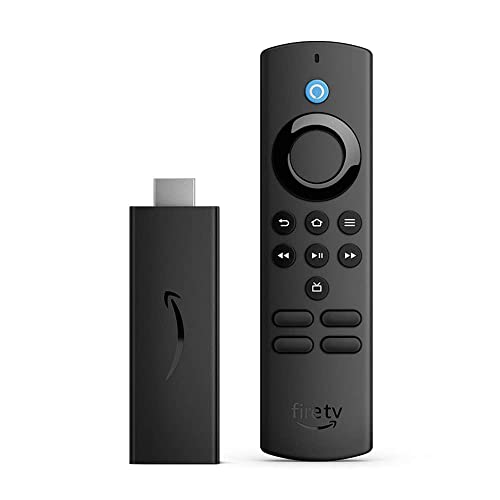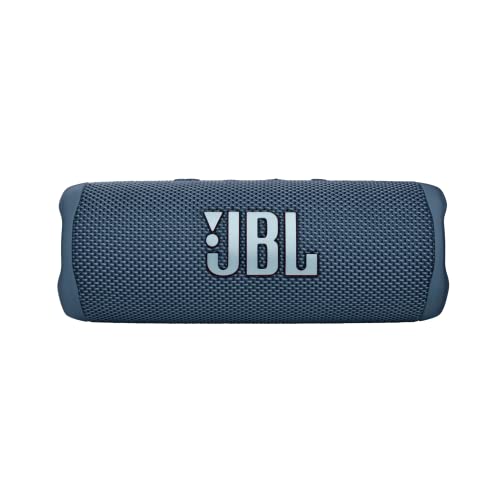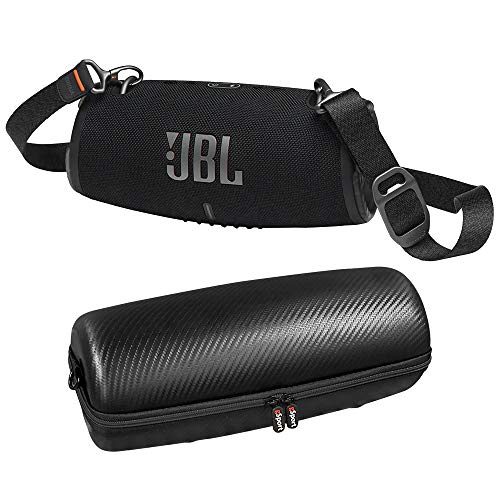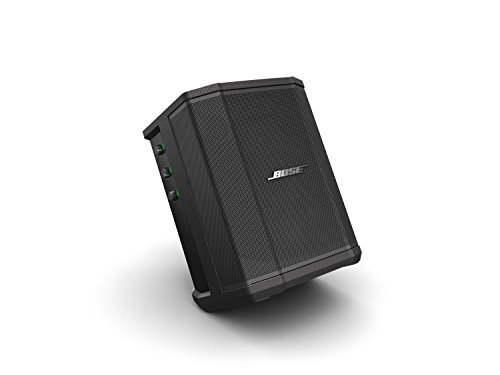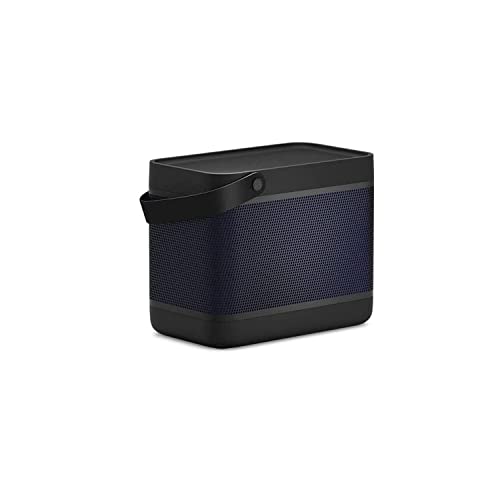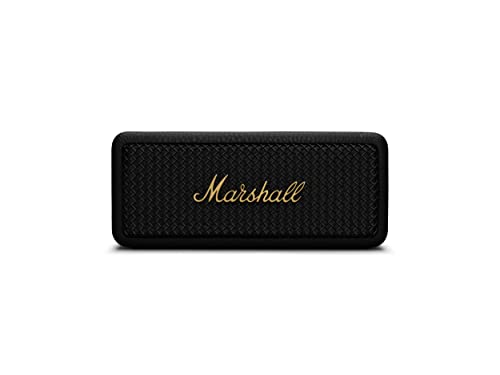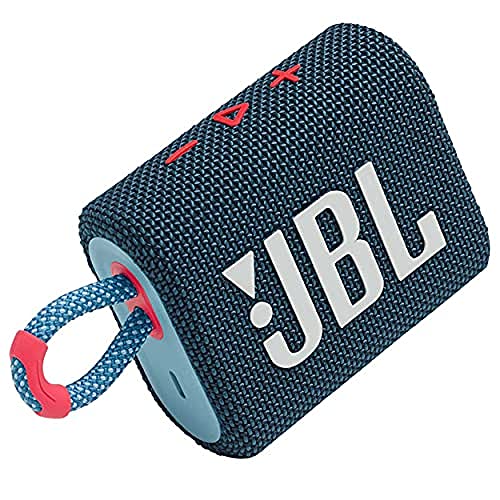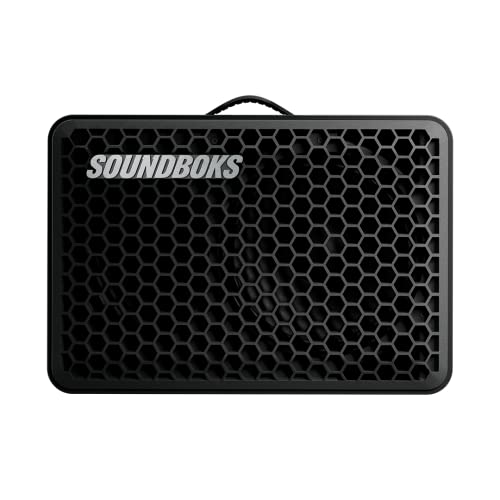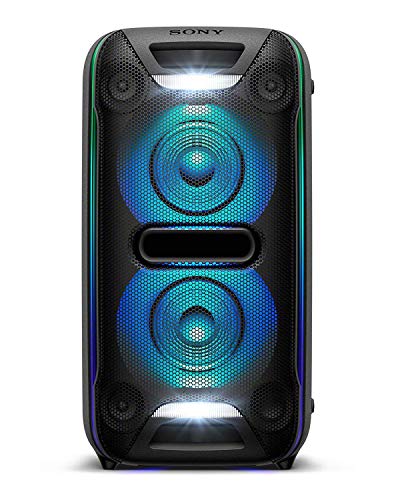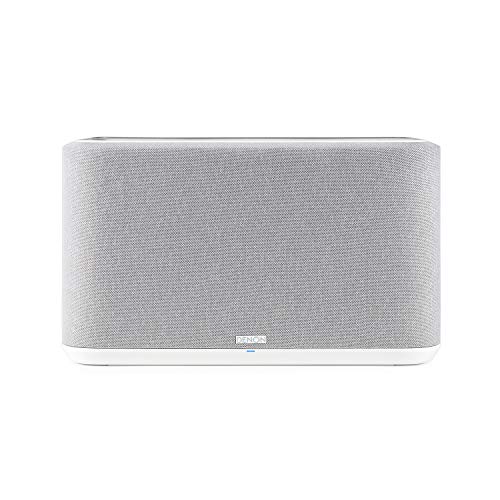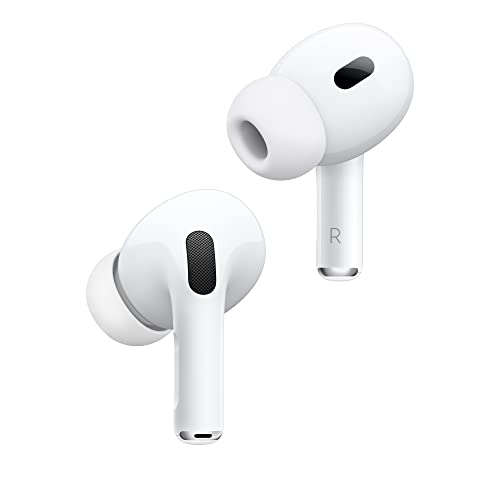Are you trying to decide on in-wall vs bookshelf speakers? If so, there are a few things you need to know about that will help you figure out which are the best speakers for you. Both have their advantages and disadvantages regarding sound, style, reliability, and cost.
KEY TAKEAWAYS:
- In-wall speakers are a great choice if you prioritize the look of your room and saving space above other considerations.
- In-wall speakers of comparable quality will generally still be more expensive than bookshelf models due to the cost of custom installation.
- The bass response of bookshelf speakers is generally superior to that of in-wall models, though the latter can still sound good if they’re correctly installed.
While looking into speakers, you may want to look into in-wall speakers vs. on-wall speakers. You could also read about other audio option comparisons like soundbar 3.1 vs. 5.1.
Comparing Bookshelf Speakers vs In-wall Speakers
In-wall speakers are installed directly into a wall without a speaker cabinet. They’re a more recent addition to the market that can lend a discrete, modern look to your entertainment room and save space, while large bookshelf speakers take up a lot of room.
Insider Tip
Most in-wall speakers feature adjustable woofers that allow you to calibrate your installation for the best possible bass response.
Speakers installed inside your wall have some drawbacks compared to more traditional bookshelf speakers in terms of cost, sound quality, and convenience that may make them a less attractive option, depending on your listening priorities and budget.
Sound Quality
In-wall speakers are a more modern design than bookshelf speakers and have benefitted from the improvements to consumer audio quality in recent years. However, there are some areas where they sacrifice ergonomics and aesthetics for sound quality. While the frequency response range of these speakers is generally equal to that of conventional designs, they can suffer in terms of bass reproduction since these frequencies can be absorbed to varying degrees by the walls into which they’re installed.
Most in-wall models feature adjustable woofers that allow users to “dial in” the optimal angle and positions for the best bass performance, but you may notice that they’re at least initially a little “thinner” sounding than traditional bookshelf speakers.
Cost
While the price ranges of bookshelf and in-wall speakers are similar for comparable models (in terms of size, build quality, features, etc.), in-wall speakers require custom installation. This extra cost can vary quite a bit depending on whether you do the job yourself or hire a professional. You’ll also have to consider what your walls are made of and how big the speakers are. Bookshelf speakers have the edge here.
Style & Space
One of the main advantages of in-wall speakers is the fact that they can integrate discreetly into the look of a room, which is a selling point for many. It’s even possible (though it can be costly) to custom install speakers that can be hidden with the push of a button or using a voice assistant, such as Alexa, when not in use.
While plenty of sleek, modern-looking bookshelf speaker designs are available on the market, they take up more space and are harder to match to your decor.
Warning
In-wall speakers always carry extra installation costs, whether DIY or done by a professional.
F.A.Q.S
Do in-wall speakers sound worse than bookshelf or tower speakers?
It’s commonly thought that in-wall speakers have worse sound quality than freestanding kinds, and while there is a tendency for in-wall speakers to sound at least a little “thinner,” it’s not due to an inherent design flaw or build quality issue. The main problem is that walls absorb bass frequencies, leading to a thinner sound.
Are in-wall speakers good for surround sound systems?
It depends greatly upon placement and installation, not to mention the shape and size of the room. While in-wall speakers can theoretically be an excellent choice for surround systems, their decreased bass response and potential installation costs mean it’s neither a budget-friendly choice nor a quick and easy install.
Are in-wall and in-ceiling speakers similar?
In-wall and in-ceiling speakers are similar in that they’re both installed into the actual room itself instead of being free-standing speakers in an enclosure. Apart from that, they’re quite different in terms of sound quality, cost, and convenience.
STAT: The dynamic speaker was invented in 1925. (source)

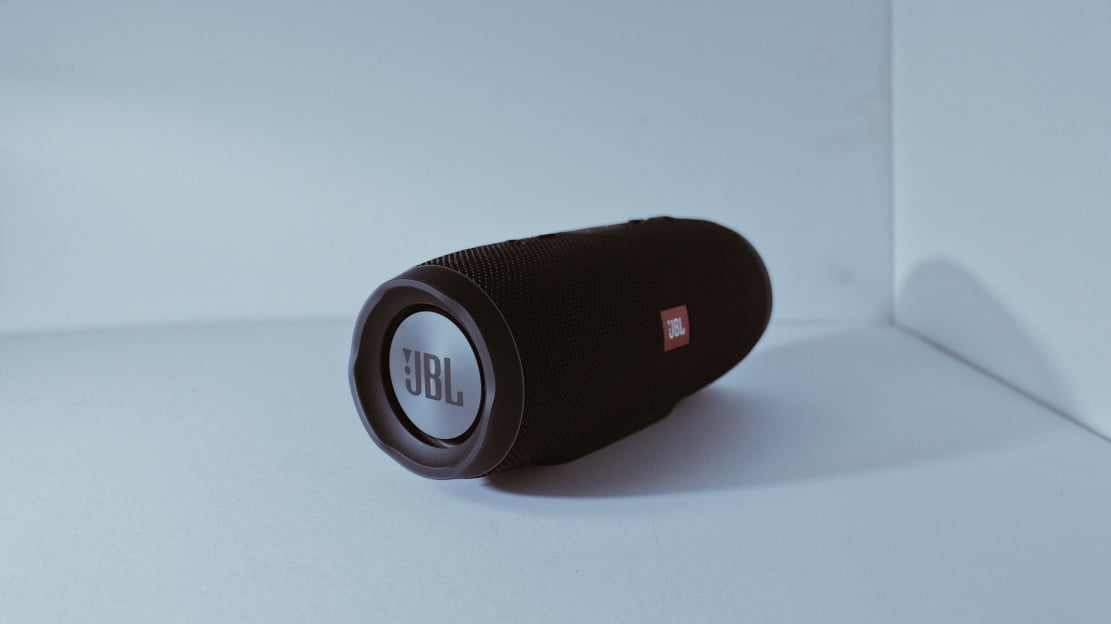













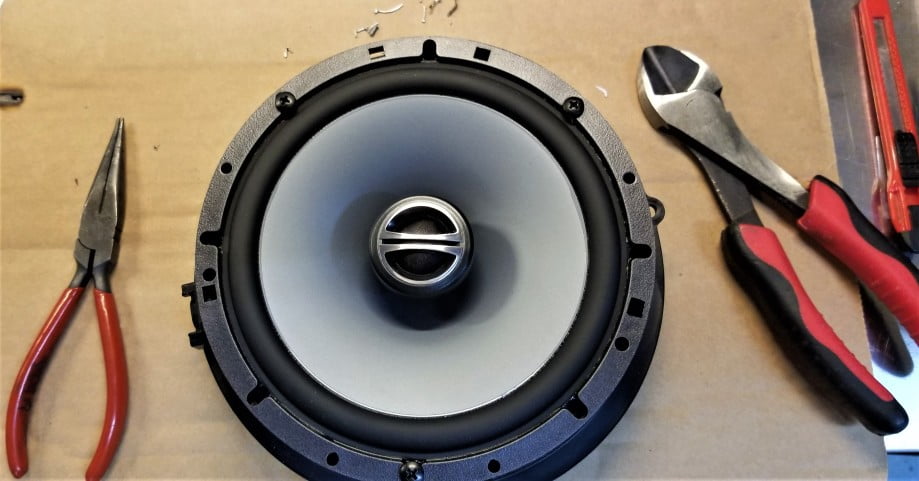
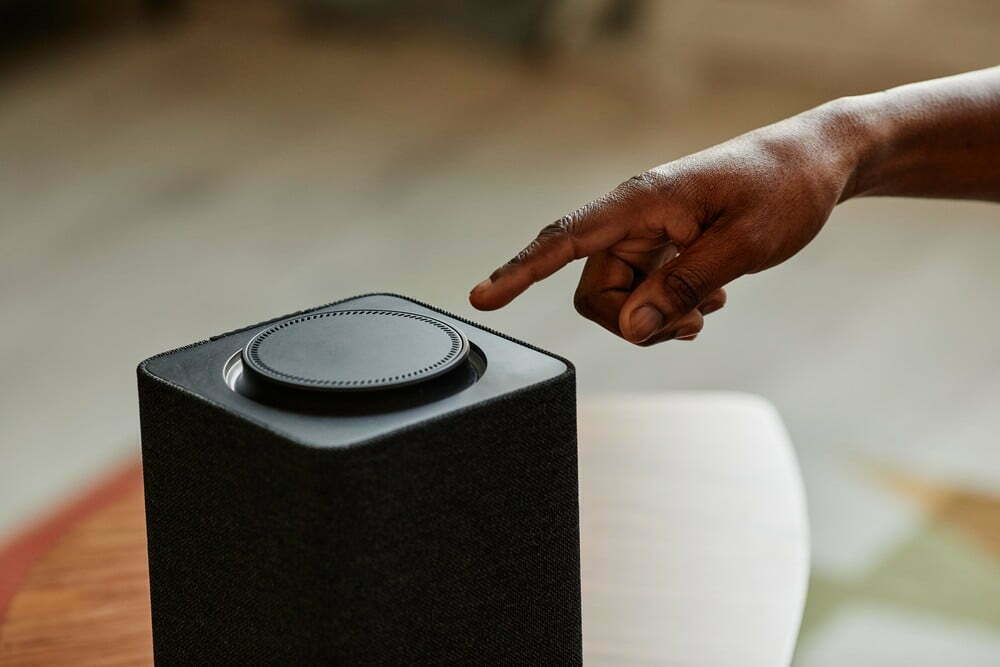
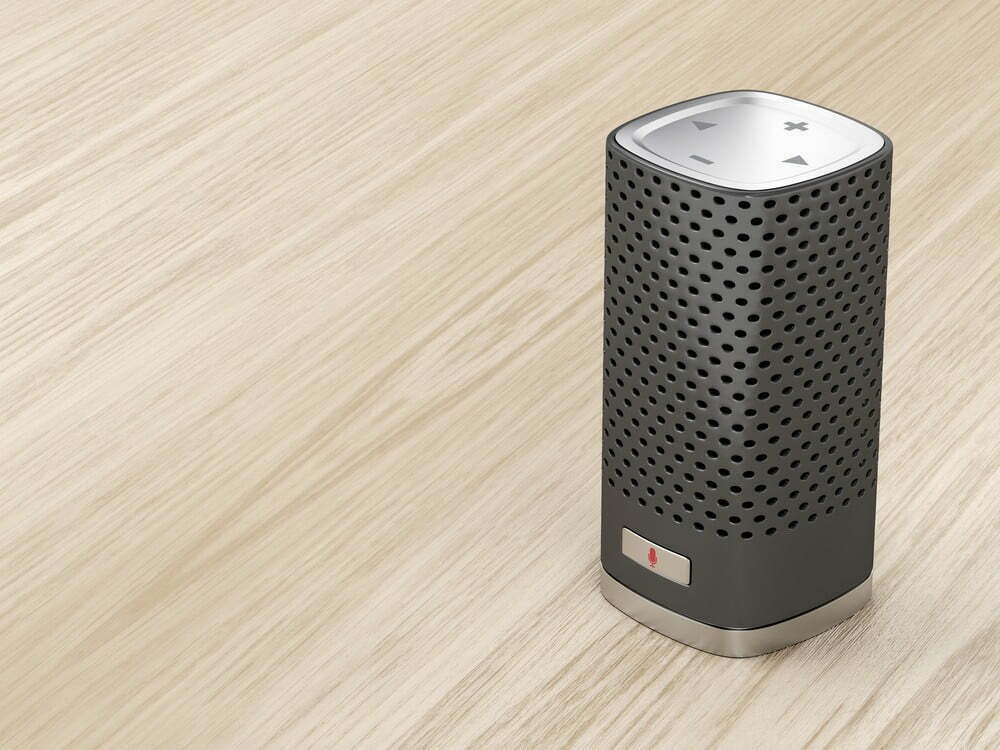
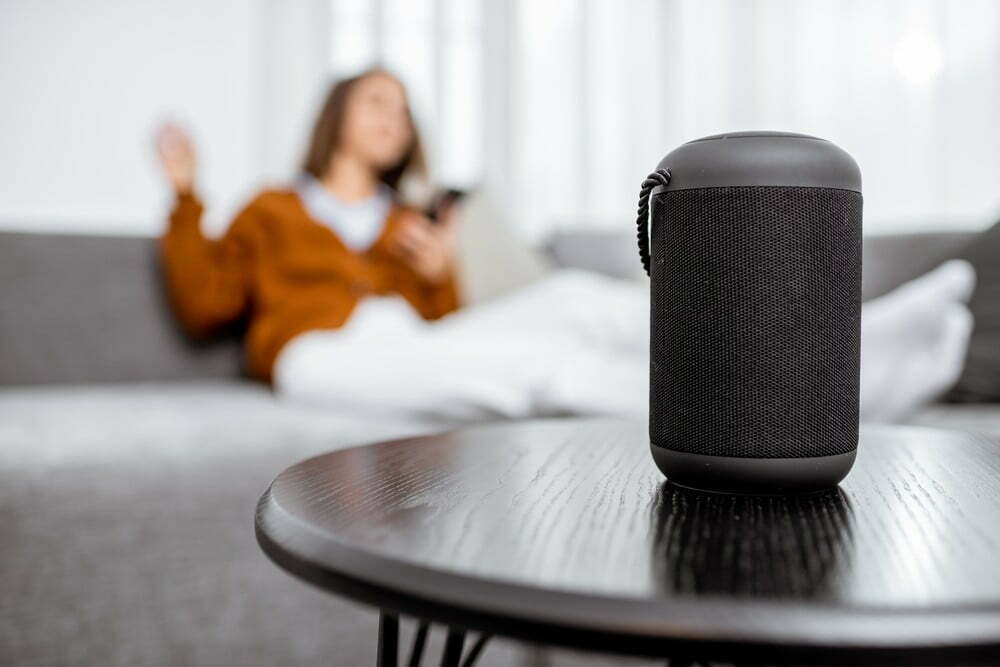

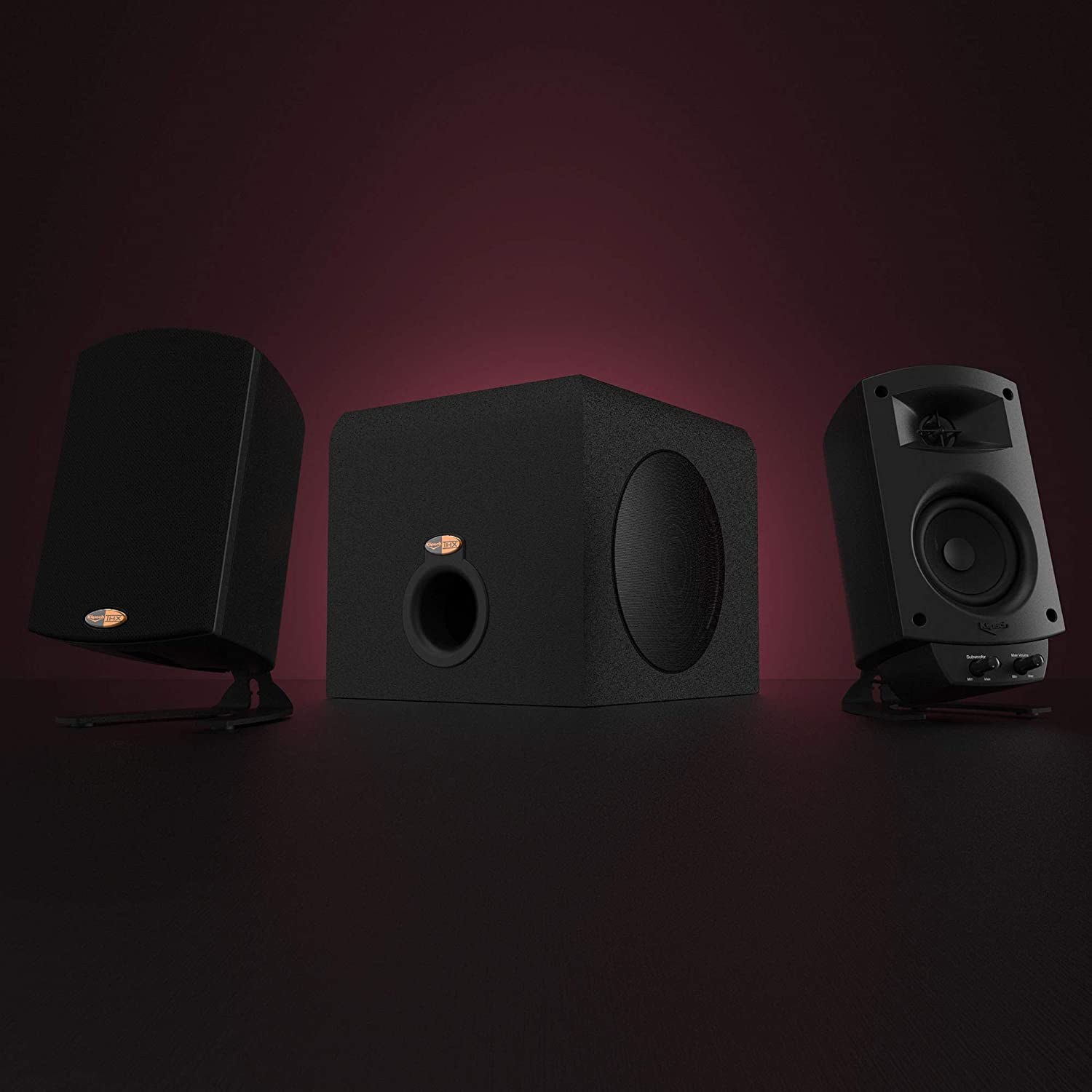
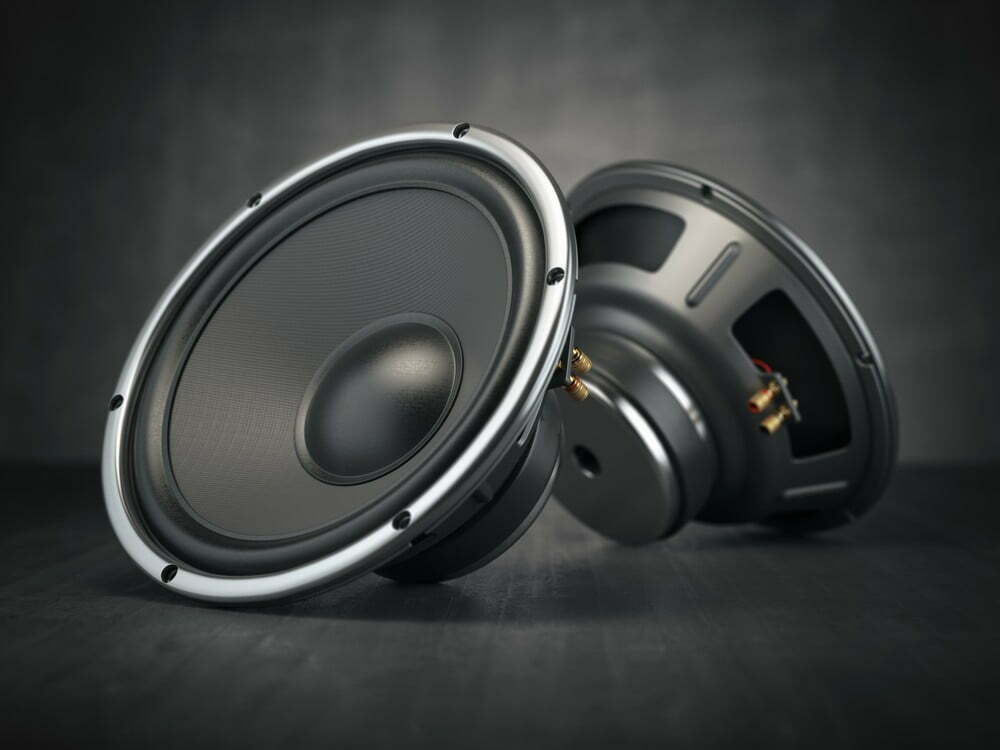
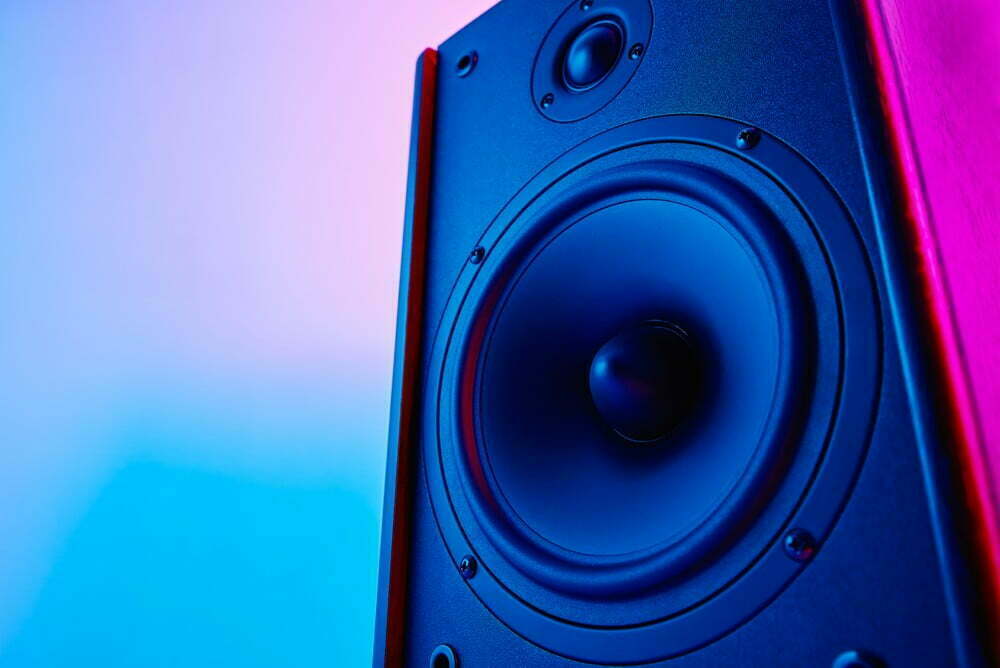
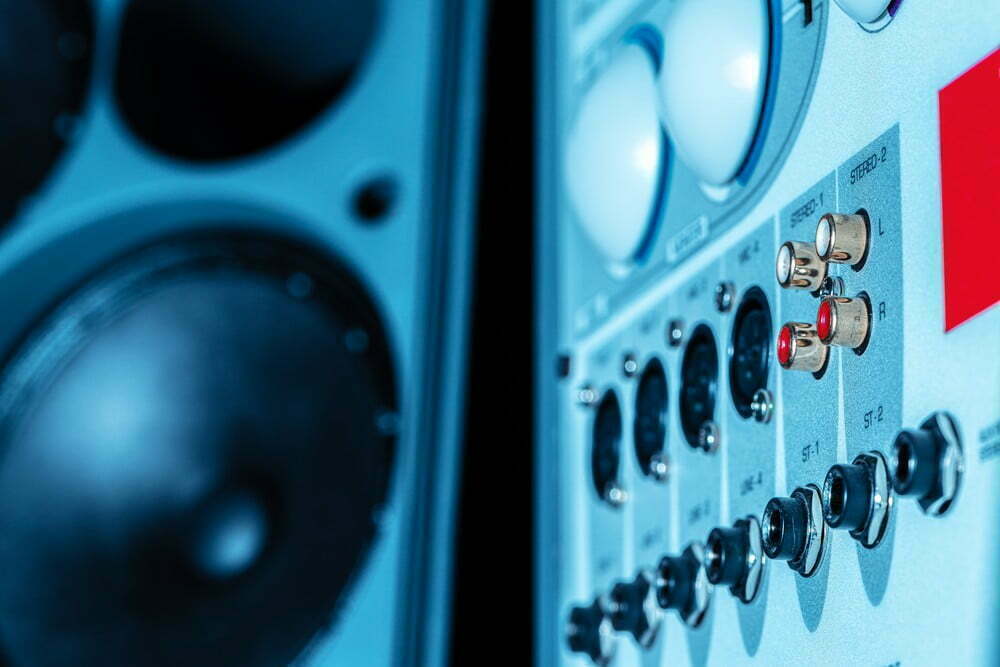

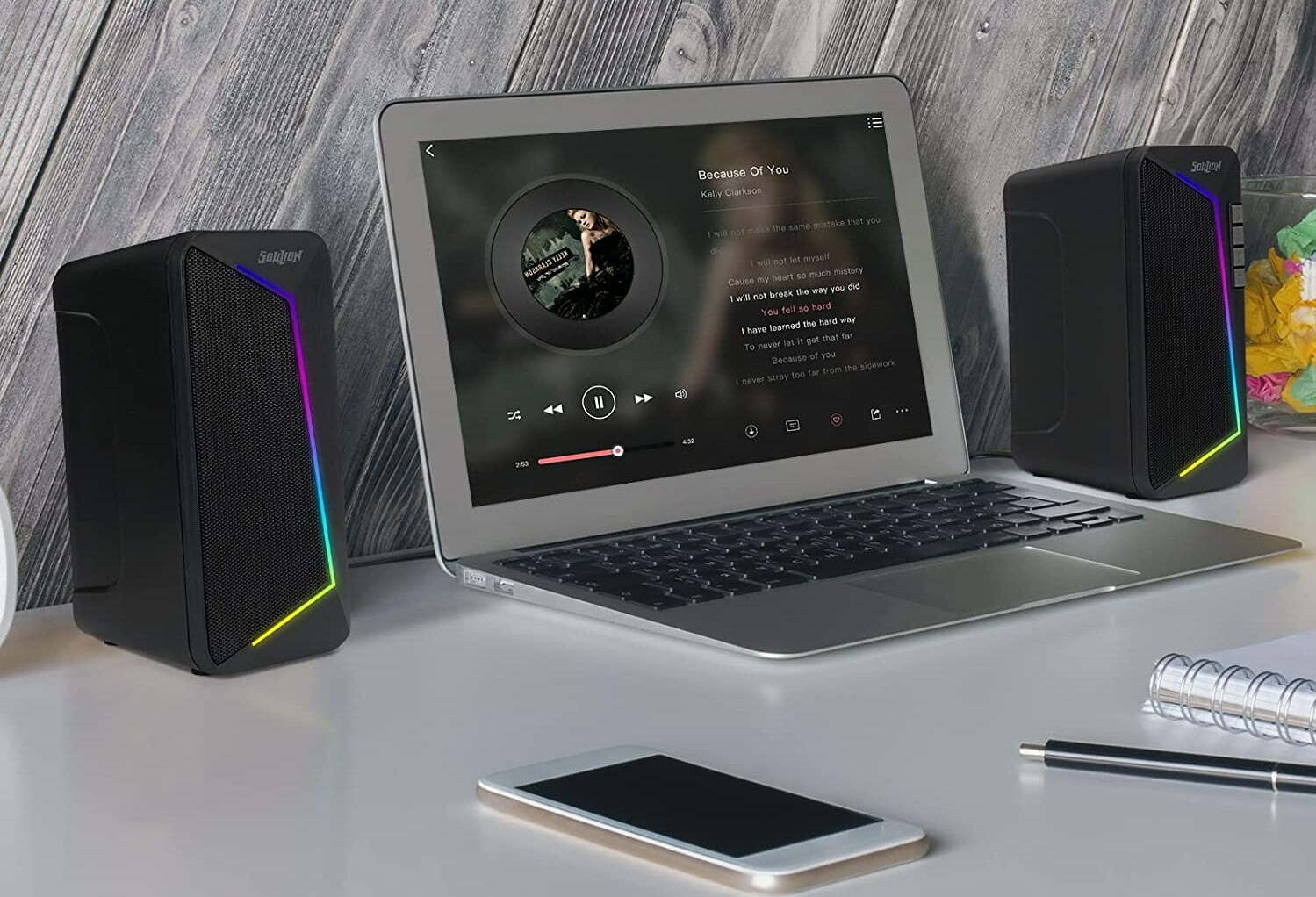
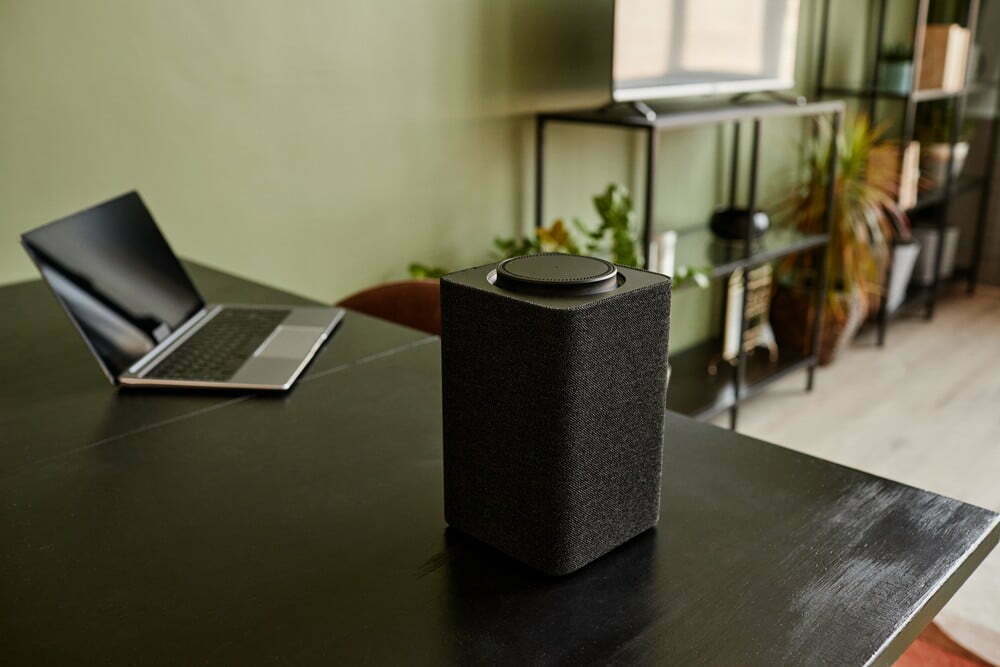

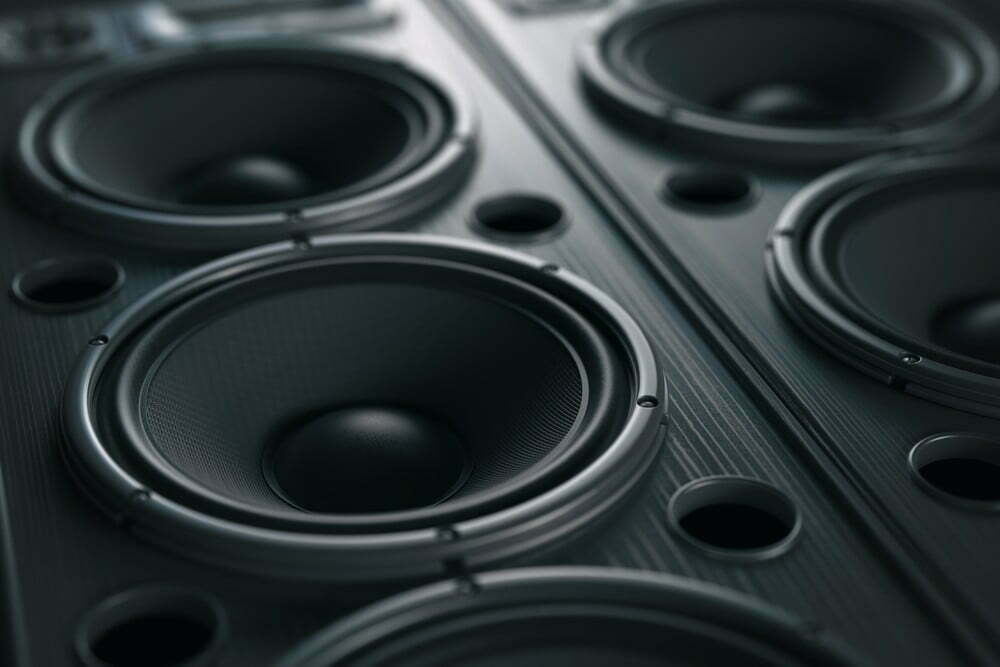
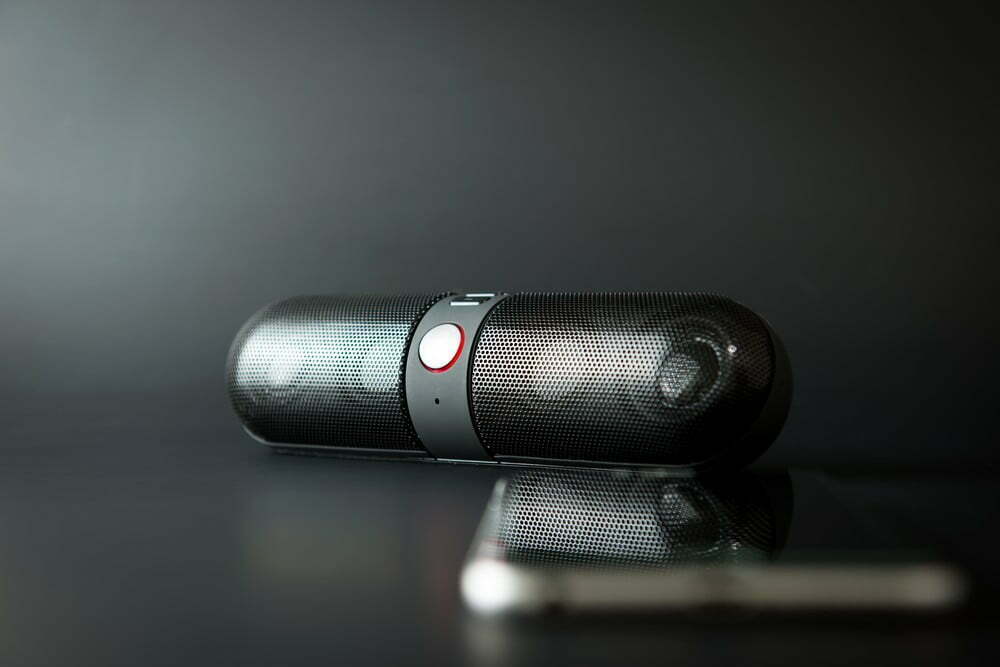
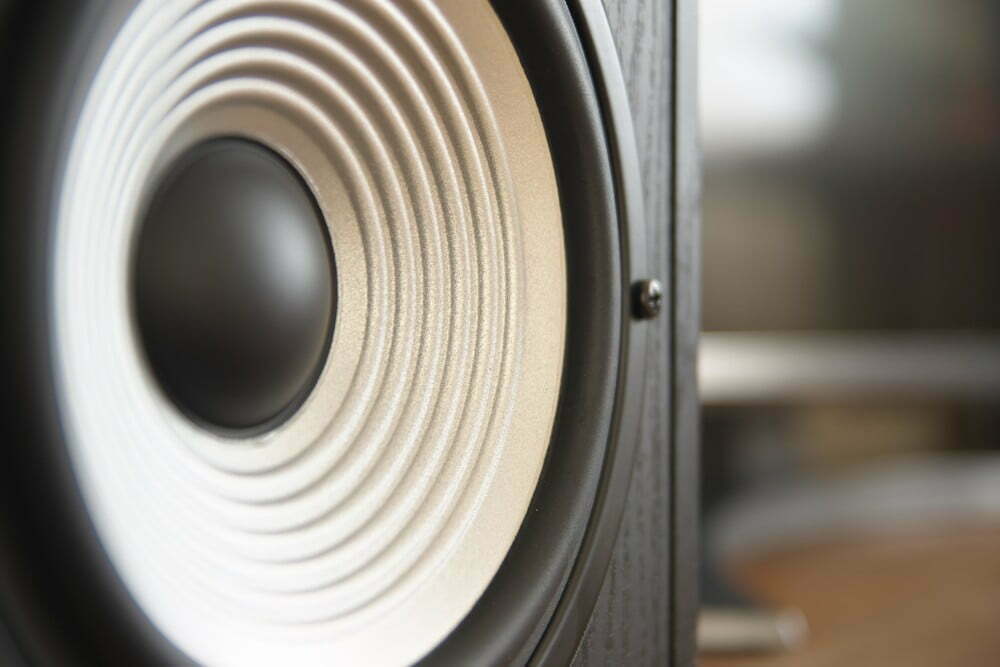
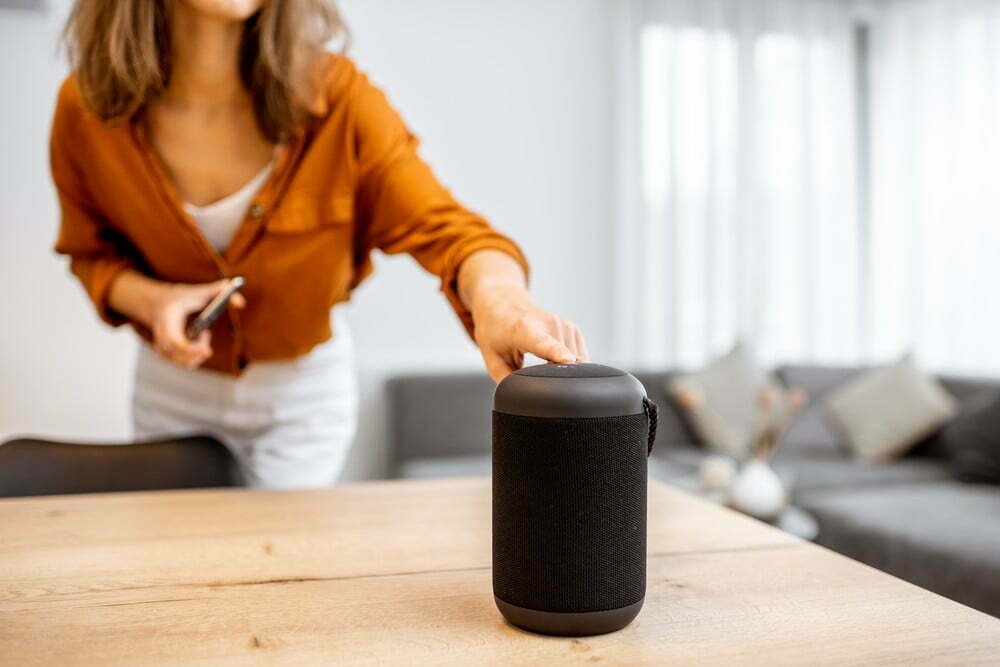
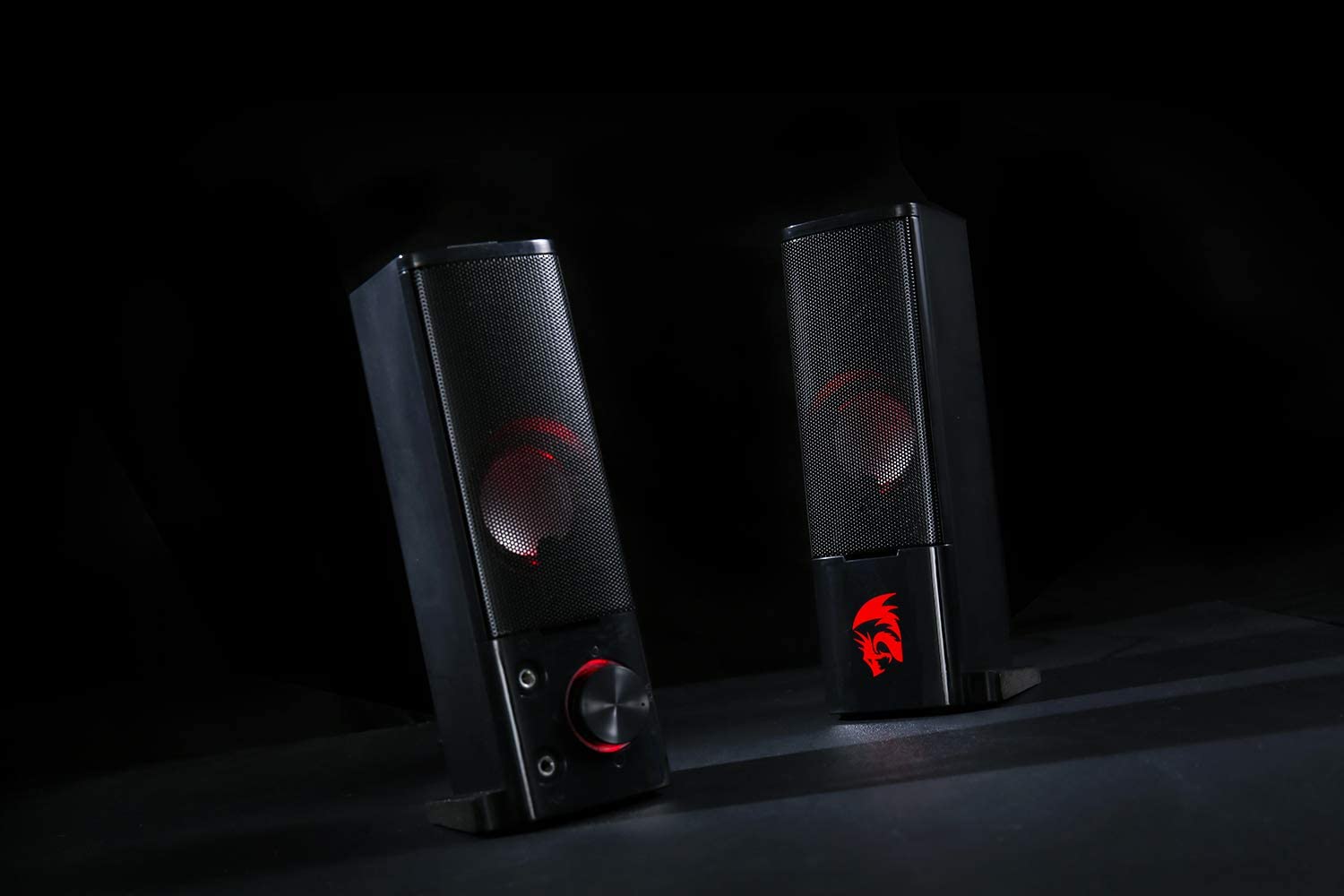
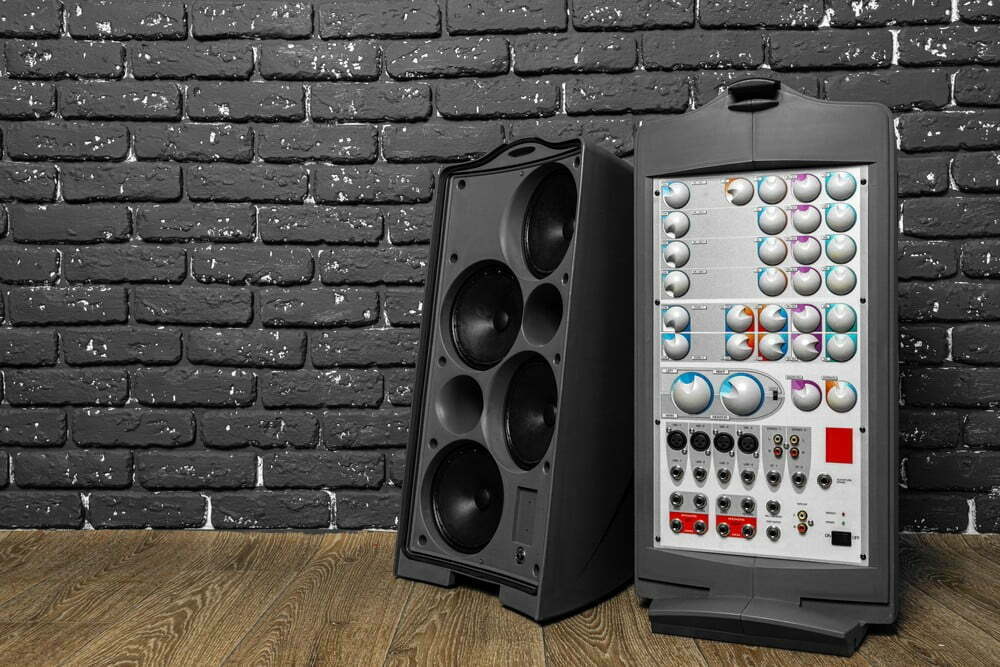
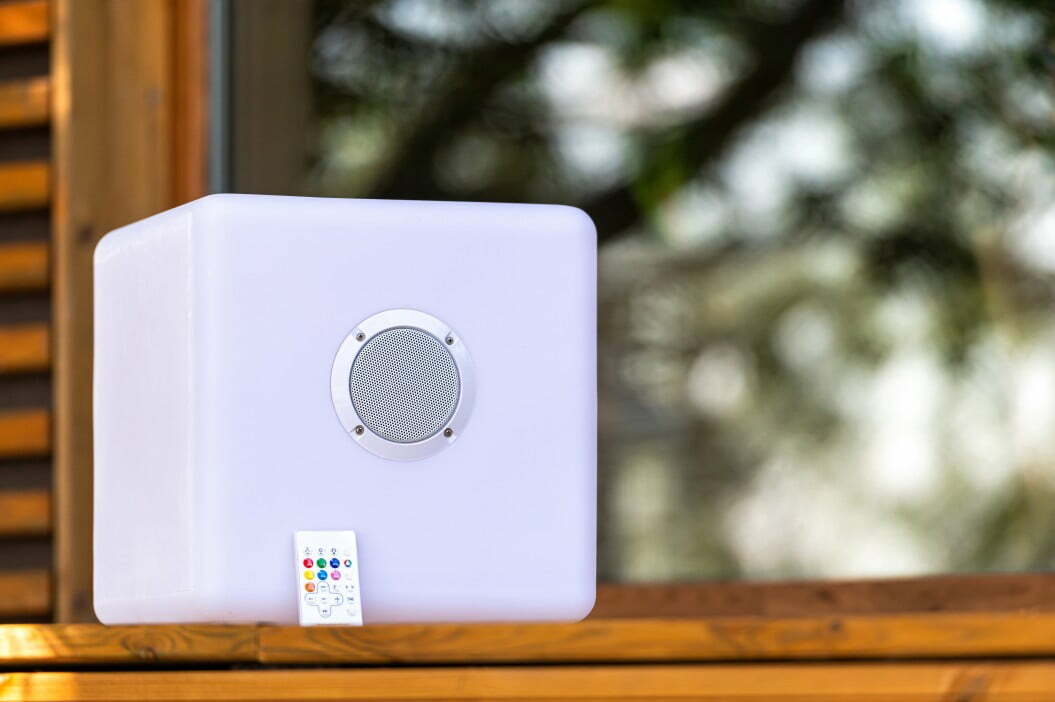
![Best Powered Speakers in [year] 27 Best Powered Speakers in 2025](https://www.gadgetreview.dev/wp-content/uploads/best-powered-speakers-image.jpg)
![Best Stereo Speakers in [year] 28 Best Stereo Speakers in 2025](https://www.gadgetreview.dev/wp-content/uploads/best-stereo-speakers-image.jpg)
![Best SoundBar in [year] ([month] Reviews) 29 Best SoundBar in 2025 (December Reviews)](https://www.gadgetreview.dev/wp-content/uploads/best-soundbar-image.jpg)
![Best Subwoofers in [year] ([month] Reviews) 30 Best Subwoofers in 2025 (December Reviews)](https://www.gadgetreview.dev/wp-content/uploads/best-subwoofer-image.jpg)
![Best TableTop Radio in [year] ([month] Reviews) 31 Best TableTop Radio in 2025 (December Reviews)](https://www.gadgetreview.dev/wp-content/uploads/best-tabletop-radios-image.jpg)
![Best 8 Inch Subwoofers in [year] 32 Best 8 Inch Subwoofers in 2025](https://www.gadgetreview.dev/wp-content/uploads/best-8-inch-subwoofer-image.jpg)
![Best Surround Sound Systems in [year] 33 Best Surround Sound Systems in 2025](https://www.gadgetreview.dev/wp-content/uploads/best-surround-sound-system-image.jpg)
![Best Laptop Speakers in [year] 34 Best Laptop Speakers in 2025](https://www.gadgetreview.dev/wp-content/uploads/best-laptop-speakers-image.jpg)
![Best Wireless Surround Sound Speakers in [year] 35 Best Wireless Surround Sound Speakers in 2025](https://www.gadgetreview.dev/wp-content/uploads/best-wireless-surround-sound-image.jpg)
![Best Bose Speakers in [year] 36 Best Bose Speakers in 2025](https://www.gadgetreview.dev/wp-content/uploads/best-bose-speakers-image.jpg)
![Best Home Stereo Systems in [year] 37 Best Home Stereo Systems in 2025](https://www.gadgetreview.dev/wp-content/uploads/best-home-stereo-system-image.jpg)
![Best WiFi Speakers in [year] 38 Best WiFi Speakers in 2025](https://www.gadgetreview.dev/wp-content/uploads/best-wifi-speakers-image.jpg)
![Best Wireless Home Theater Systems in [year] 39 Best Wireless Home Theater Systems in 2025](https://www.gadgetreview.dev/wp-content/uploads/best-wireless-home-theater-system-image.jpg)
![Best Party Speakers in [year] 40 Best Party Speakers in 2025](https://www.gadgetreview.dev/wp-content/uploads/best-party-speakers-image.jpg)
![Loudest Bluetooth Speakers in [year] 41 Loudest Bluetooth Speakers in 2025](https://www.gadgetreview.dev/wp-content/uploads/loudest-bluetooth-speaker-image.jpg)
![Best Car Speakers for Bass in [year] 42 Best Car Speakers for Bass in 2025](https://www.gadgetreview.dev/wp-content/uploads/best-car-speakers-for-bass-image.jpg)
![Best Marine Speakers in [year] 43 Best Marine Speakers in 2025](https://www.gadgetreview.dev/wp-content/uploads/best-marine-speakers-image.jpg)
![Best JBL Speakers in [year] 44 Best JBL Speakers in 2025](https://www.gadgetreview.dev/wp-content/uploads/best-jbl-speakers-image.jpg)
![Best Home Theater Speakers in [year] 45 Best Home Theater Speakers in 2025](https://www.gadgetreview.dev/wp-content/uploads/best-home-theater-speakers-image.jpg)
![Best Waterproof Speakers in [year] 46 Best Waterproof Speakers in 2025](https://www.gadgetreview.dev/wp-content/uploads/best-waterproof-speaker-image.jpg)


